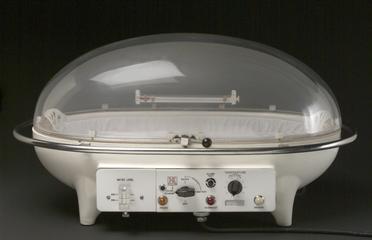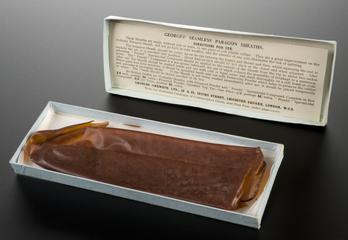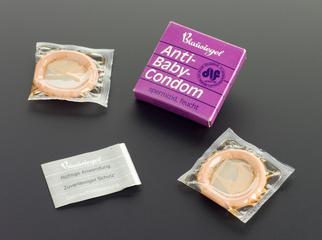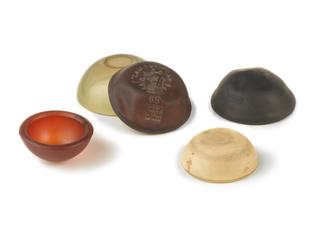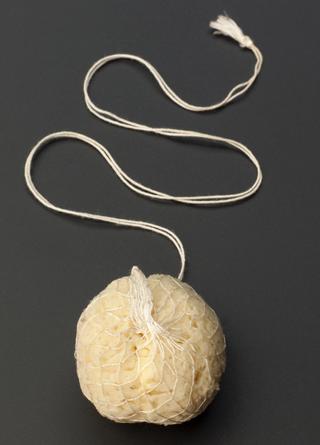
Prototype simplified IVF system
- Made:
- 2009 in Boulder county
Prototype of simplified IVF culture system, consisting of three pairs of connected test tubes, containing liquid, in a polystyrene stand, developed by Jonathan Van Blerkom, University of Colorado Boulder, United States 2009
Developed by Professor Professor Jonathan Van Blerkom, an expert in IVF and development biology, and The Walking Egg Foundation, a Belgian non governmental organisation focused on bringing IVF to the Global South, this prototype aimed to lower the costs of fertility treatment.
Precise quantities of citric acid and sodium bicarbonate are mixed in one test tube. The carbon dioxide bubbles this creates are fed via a tube into a second test tube containing a culture medium for an embryo. Once the atmosphere has stabilised, the egg and then the sperm are injected into the test tube containing the culture medium. The next day this test tube goes under a microscope to see if it contains an embryo - meaning egg fertilisation has taken place. If an embryo is created, it is transferred from the test tube to the woman's womb after about three days. Since development from insemination to transfer is undisturbed and in the same tube until embryo transfer, many problems frequently occurring in regular IVF laboratories such as unwanted temperature changes and air quality problems are avoided.
The first pilot clinical trial was in Genk, Belgium, 2012 with additional trials in the UK, Ghana, Kenya, Portugal, Up to March 2019 a total number of 150 babies have been born after using this technique.
Details
- Category:
- Obstetrics, Gynaecology & Contraception
- Object Number:
- 2022-62
- Measurements:
-
overall: 152 mm x 40 mm x 10 mm,
- credit:
- Professor Jonathan Van Blerkom
